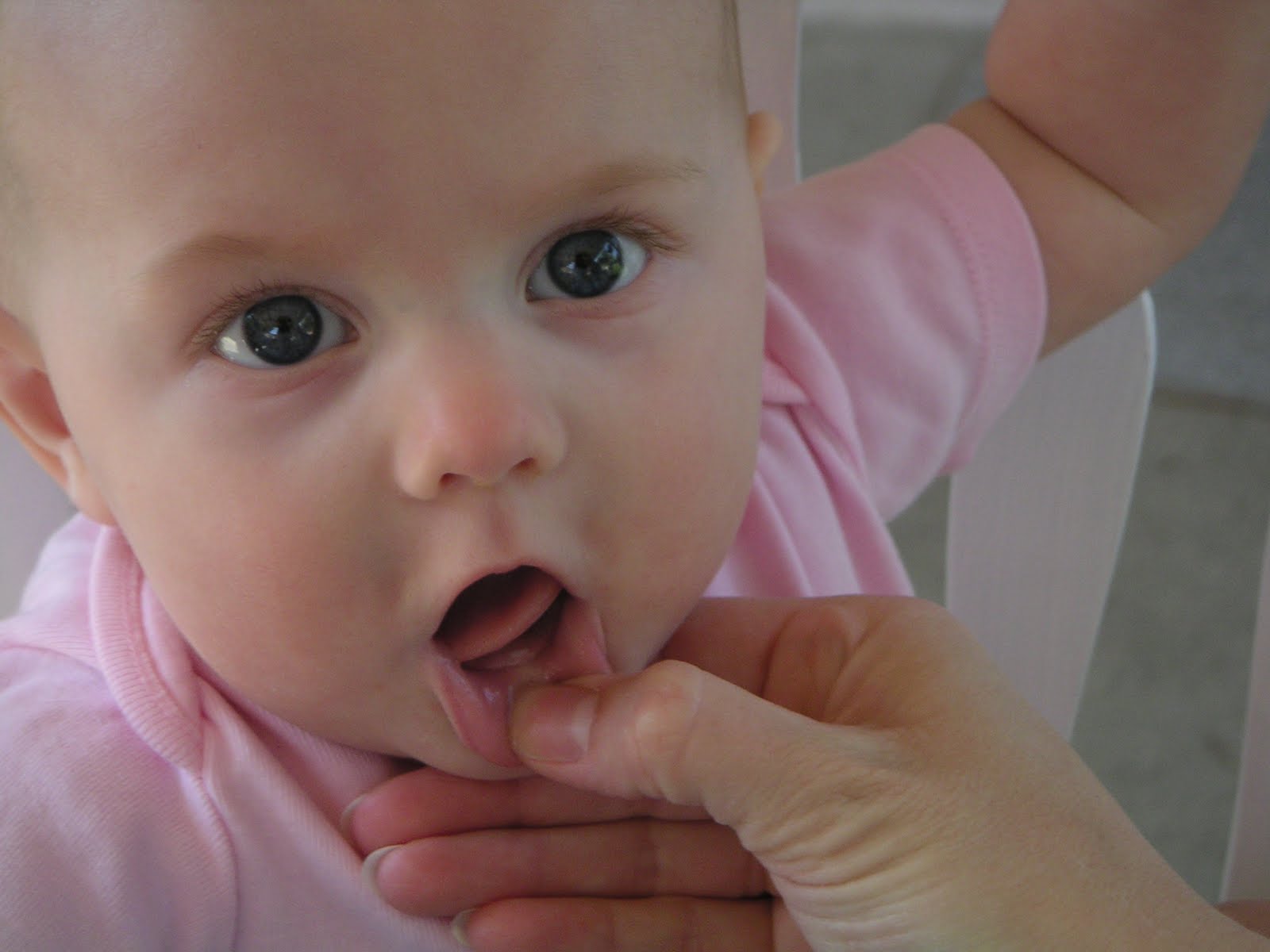 While the baby is in the womb, the development of the primary teeth begins. The first buds of primary teeth will appear on the baby’s jaws at about five weeks’ gestation. By the time the baby is born, the baby has a full set of 20 primary teeth – 10 in the upper jaw, and 10 in the lower jaw. Although these 20 teeth are hidden within the gums so they don’t show in the baby’s mouth. The primary teeth are also known as baby teeth, milk teeth or deciduous teeth.
While the baby is in the womb, the development of the primary teeth begins. The first buds of primary teeth will appear on the baby’s jaws at about five weeks’ gestation. By the time the baby is born, the baby has a full set of 20 primary teeth – 10 in the upper jaw, and 10 in the lower jaw. Although these 20 teeth are hidden within the gums so they don’t show in the baby’s mouth. The primary teeth are also known as baby teeth, milk teeth or deciduous teeth.
Child Tooth Development
By the time the child is three years old, all 20 baby teeth are usually out. However, tooth eruption varies from child to child. Babies start to get their teeth out around six months although it is not unusual to see teeth appearing as early as three months or as late as one year.
Tooth Types
It may be helpful to get familiar with the different types of tooth:
-
Incisors. These are the front teeth found in the upper and lower jaws. Incisors are defined by a thin cutting edge. The upper and lower incisors come together like a pair of scissors to cut the food.
-
Canines. These are the pointy ‘vampire’ teeth on both sides of the incisors in the upper and lower jaws. Canines are used to tear food.
-
Premolars. These teeth have flat surfaces designed to crush food.
-
Molars. These teeth are larger than premolars, with broad, flat surfaces that grind food.
Tooth Development Timeline
The following timeline describes the estimated tooth eruption:
-
Within 6 months, the first incisors (front teeth) appear
-
Within 7 months , the second incisors erupt
-
Within 12 months, the first molars appear
-
Within 18 months, canines or the eye teeth erupt
-
Within two to three years, the second molars appear
Managing the Teething Process
The level of antibodies passed on from their mother starts to fall when babies reach about 6 months. And this changes their immune systems, and this makes them more prone to illnesses. At this time, symptoms of common child illnesses are commonly mistaken as linked to teething.
Teething takes about eight days, four days of which are before the tooth comes through the gum and three days after the tooth has come out. Usually, a blue-grey bubble on the gum where the tooth is about to appear will manifest. This is called an eruption cyst and will usually go away without treatment.
Loss of Primary Teeth
When a child reaches the age of six or seven years, the primary teeth start to shed. The first to go are usually the incisors.
Eruption of Permanent Teeth
Also known as adult or secondary teeth, permanent teeth start to develop in the jaws after a child is born. The average person will have about 32 permanent teeth by the time they reach age 21 years. This includes 16 in the upper jaw and 16 in the lower jaw.
The first permanent teeth erupt when a child is about the age of six years. The four molars appear behind the child’s existing primary teeth. The rest of the permanent teeth, such as the incisors and canines, erupt into the gaps in the gum left by shed primary teeth. For better management of the teething process of your child, it is best to see a pediatric dentist in your area.
- St. Lawrence Dentistry Looks Forward To St. Patrick’s Day! - March 12, 2025
- Understanding Dental X-Rays and Radiation: What You Should Know - January 13, 2025
- Happy New Year from St. Lawrence Dentistry! - December 30, 2024









